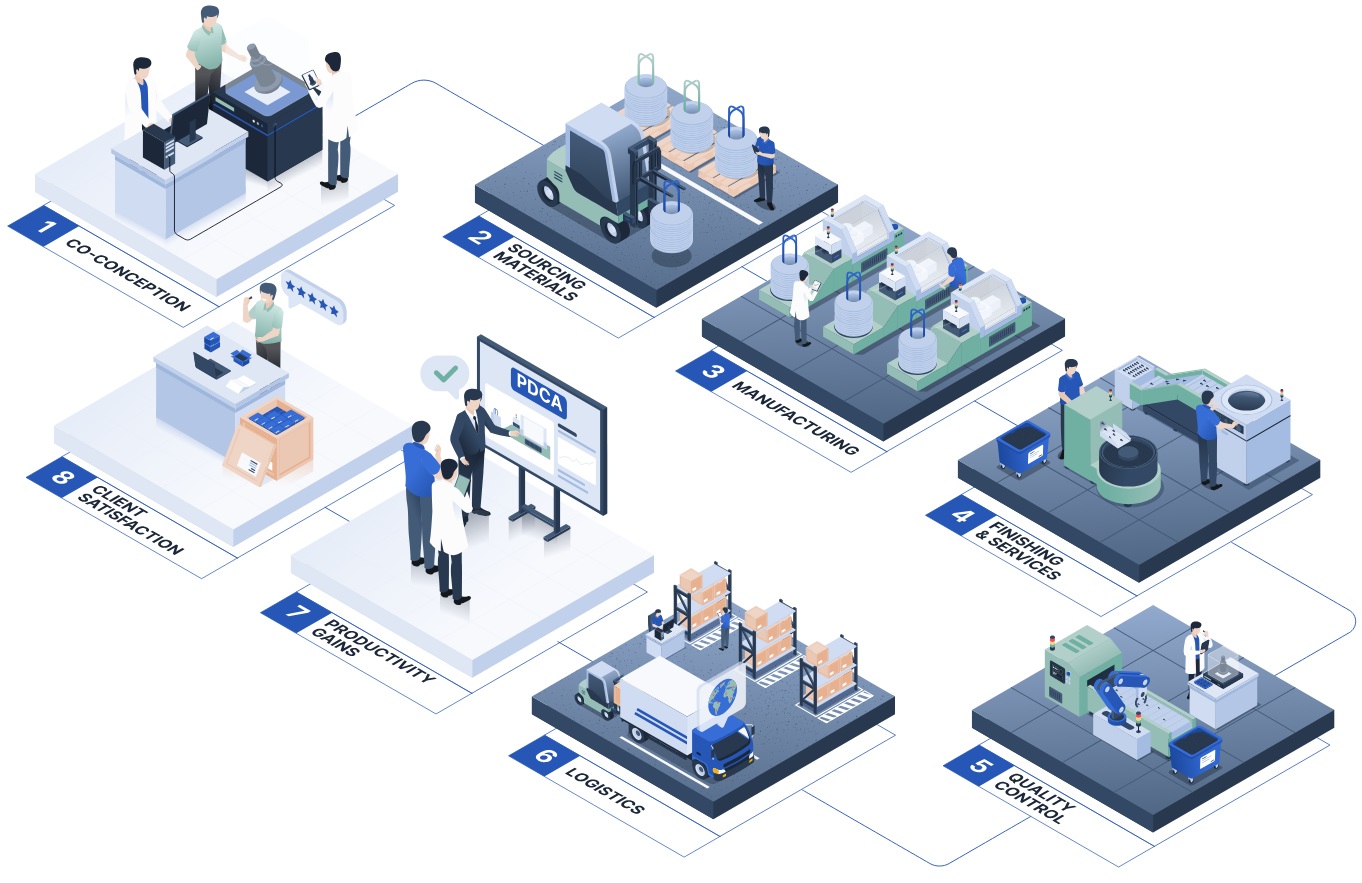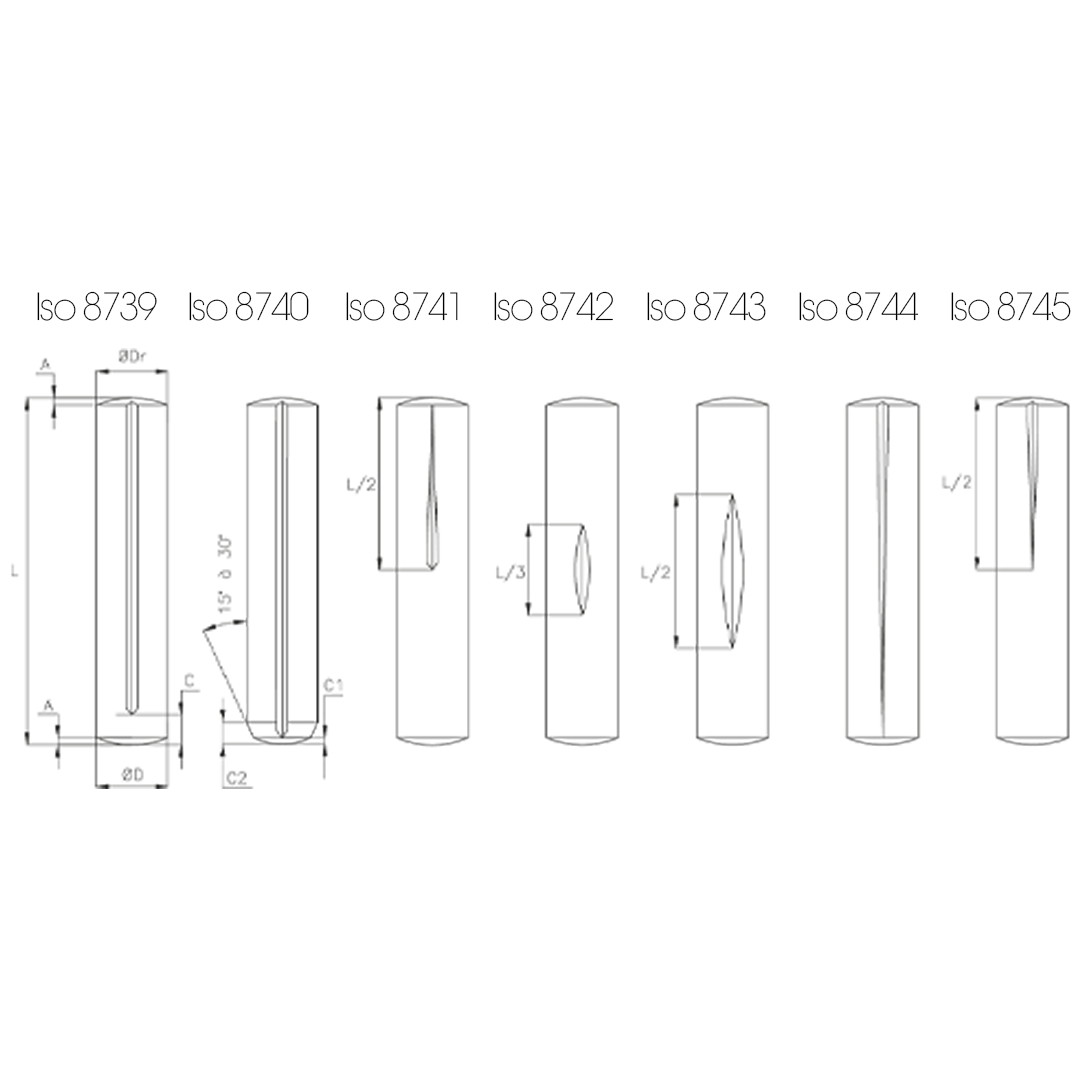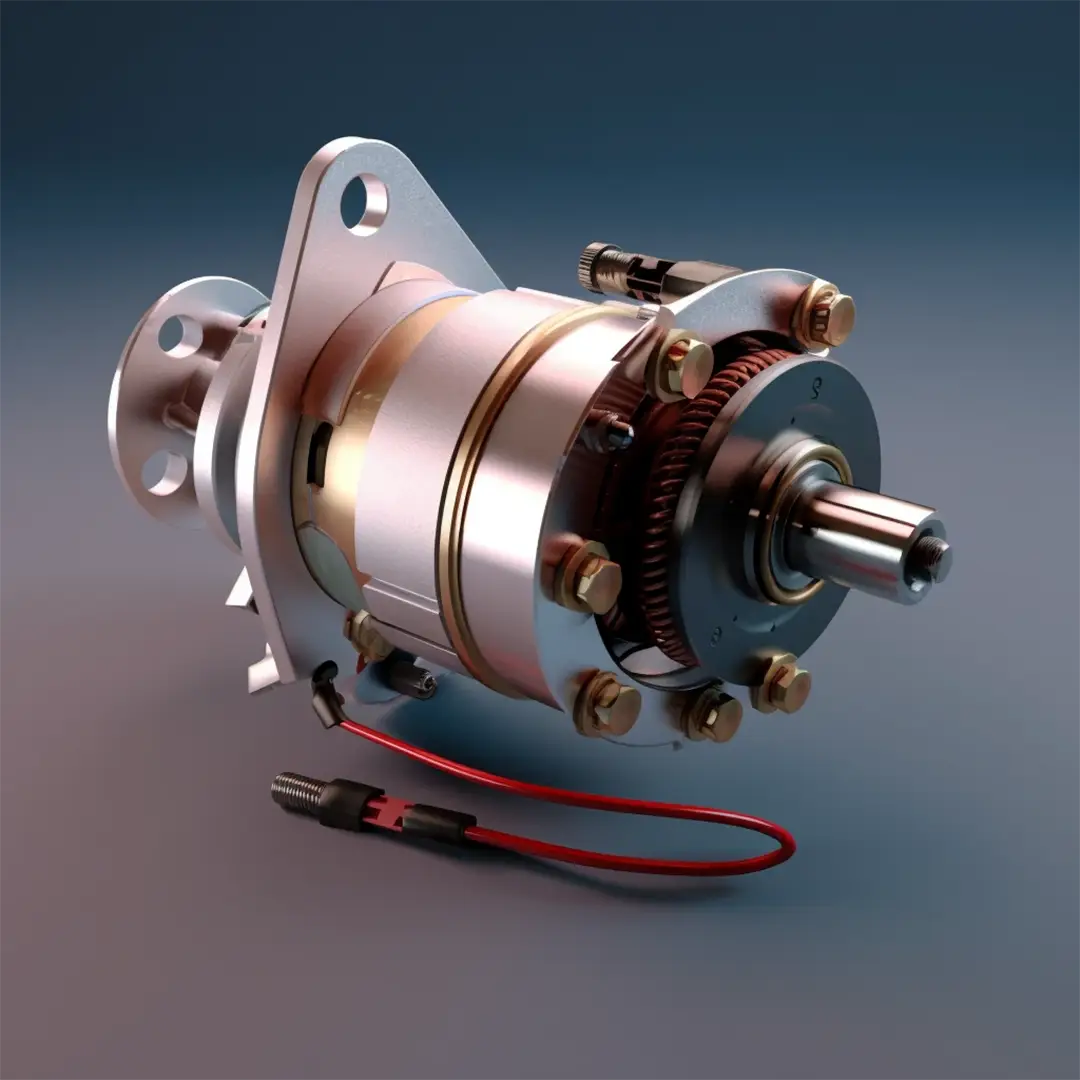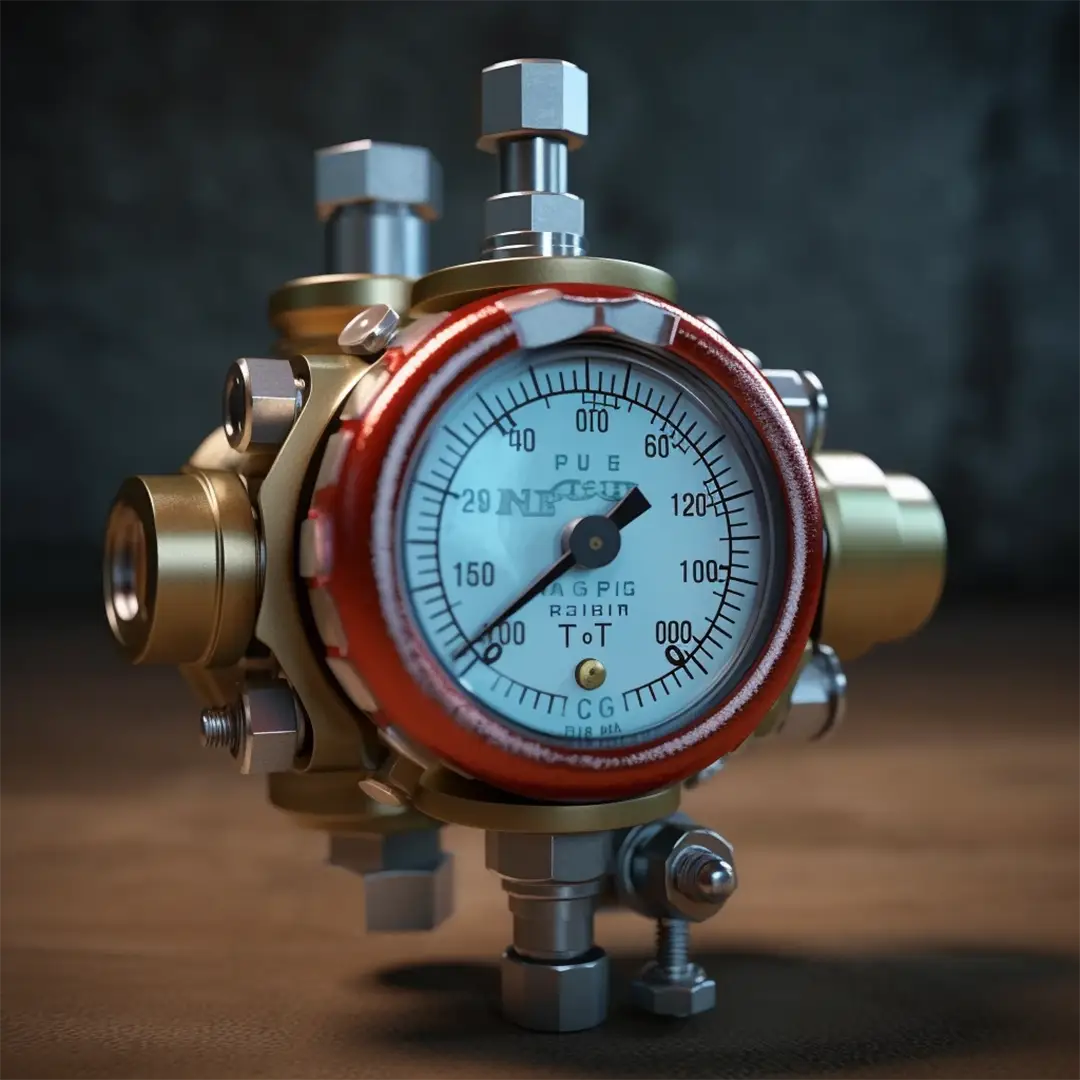2, rue de la Ternière
Avrillé cedex FRANCE
- 150 million splined pins designed every year
- Co-designer of custom fasteners for 100 years and manufacturer of standard products
- From Ø1.5 to Ø25 and from 8 mm to 100 mm
- Steel (free-cutting, forging, carbon, alloyed...), Stainless steel (CNF or CND) Aluminium, Brass, etc.
Grooved pin iso 8743 - din 1476 - Cylindrical pin
Grooved pin iso 8743 - din 1476 - Cylindrical pin

- Feasibility checks using the FMEA tool, which is used to analyze failure modes, their effects and criticality.

- Production of initial samples in medium series, and validation of production with PPAPs in accordance with IATF 16949.

- Development of detailed production processes according to the APQP quality process

- Collection and analysis of production data to identify trends and variations. 3PPM in 2023.
The advantages of manufacturing with LGC Industries


.png)

.png)


- 24 Multi-spindle lathes
- 45 Tours Escomatic
- 42 Banding machines
- 8 Plunge and enfilade grinders
Find out more about the technical features of our products
Discover other products
What is a fluted part?
A splined part is a mechanical part characterized by parallel grooves on its surface, generally aligned lengthwise. The spline or splines are produced by a splining machine at the output of a mechanical lathe.
Grooved pins are widely used in various industrial sectors to guarantee the reliability and strength of assemblies.
Grooved parts perform several functions:
- Solidarization: immobilizing one element in relation to another by means of mechanical splines and the pressure they exert in the housing.
- Positioning: the splined pin is used to position mechanical components at lower cost, as grinding and reaming operations are not required.
- Securing: a splined part serves as a securing part in an assembly, preventing parts from coming loose.
What is a splined pin?
Also known as ISO 8739, ISO 8740, ISO 8741, ISO 8742, ISO 8743, ISO 8744 or ISO 8745, the splined pin is a cylindrical fastener with a series of longitudinal splines, causing the pin diameter to swell (bulge).
Most often, there are 3 splines at 120°, but it's possible to make 1, 2 or 6!
The mechanical spline of a splined pin enables an interference fit. As the bulge diameter is greater than the nominal diameter, the splined pin will hold its seat much better than an H7/p6 press-fit.
When the splined pin is pressed into the bore (receiving hole), the mechanical splines will partially close under pressure. This creates a very tight fit between the pin and the receiving part.
These characteristics are ideal for applications subject to strong vibrations: automotive, marine, energy, aeronautics.
This adjustment can easily be compared to fretting.
LGC designs and manufactures customized splined pins, as well as standard ISO and DIN pins.
How is an iso 8743 - din 1476 splined pin made?
If you'd like to find out more about the detailed manufacturing process for our splined pins, please see our dedicated article: All about the splined pin.
Here is a summary of the method used at LGC to manufacture an iso 8743 - din 1476 splined pin:
First, a specialized machine forms the pin from an iron bar in the desired material (stainless steel, brass, steel, aluminum, etc.):
- The bar is inserted into the machine.
- The machine cuts the bar to the desired dimensions.
- The part is cleaned and oiled to facilitate friction between the part and the machine.
- Depending on the specific requirements, chamfers or other features can be added using specialized machines.
- The part can also undergo surface treatments if required.
This first step produces a smooth axle.
Next comes the spline work.
The splines are produced using a machine specially designed by LGC, called a "splining machine". Parts are placed in the splining station either manually or by a robot.
In the case of an automated process, the machine picks up the part, positions it in the center, then tools deform the pin with great precision to form the splines.
The iso 8743 or din 1476 splined pin has 1, 2 or 3 central splines reversed over half its length.

What are the advantages of the iso 8743 - din 1476 spline pin?
The advantages of using a splined pin are numerous, including ease of use, improved grip, increased contact area and reduced wear on parts:
- Improved contact surface: A spline increases the contact surface between parts, improving power transmission and reducing gear wear, with a potential 80% reduction in wear according to a study by the National Institute of Standards and Technology.
- Improved grip: the groove diameter reduces the risk of slipping and damage.
- Reduced wear and vibration resistance: Splines distribute stress evenly, reducing cracking and breakage. Grooved pins are also more resistant to shearing than spring pins.
- Simplicity of use: installation of a splined pin requires only a chamfered hole, without reaming, with elastic tightening localized at the spline location.
- Elastic tightening: Grooved pins are removable and reusable several times over, requiring few tools for installation and saving time, money and moderate physical effort.




















